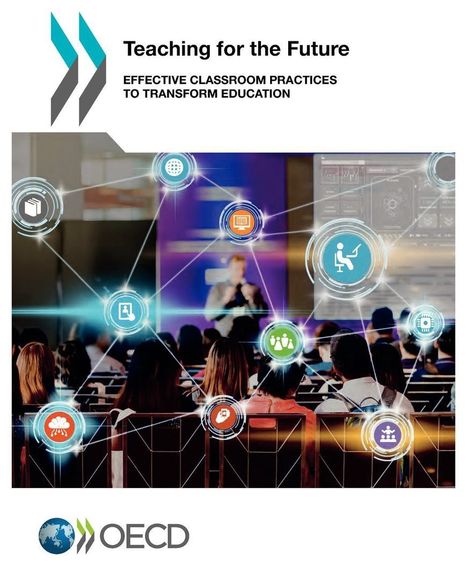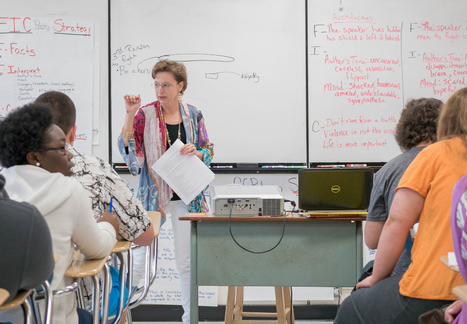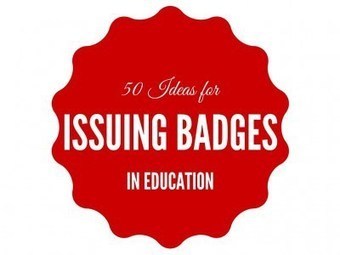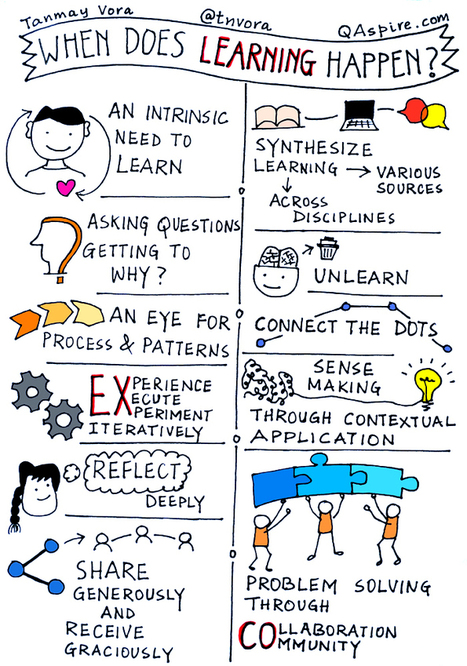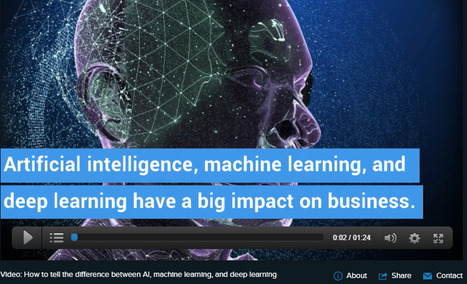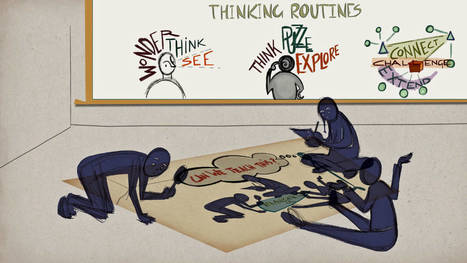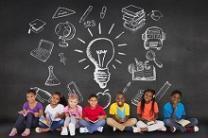Teachers are the most important school-related factor influencing student learning. Teachers can help level the playing field and provide opportunities...
Learn more / En savoir plus / Mehr erfahren:
https://www.scoop.it/t/21st-century-learning-and-teaching/?&tag=OECD
Via Gust MEES, Yves Carmeille "Libre passeur"



 Your new post is loading...
Your new post is loading...

